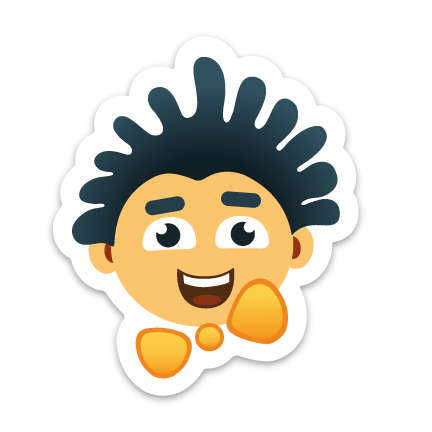You’re always looking out for your kids. Even before they’re old enough for school, you might be wondering how to prepare them for their next step, or thinking about what kind of learning style they might have. When the time gets close, you might be researching the schools around you and looking up their educational philosophies. Or you might be trying to find activities that will keep them stimulated. You might even do some reading into positive parenting techniques and ways to boost your child’s mental health.
But for some parents, other worries might raise their head. You might be concerned about your kid’s ability to pay attention or their motor skills. You might also be concerned about any language delays they have. Good news! The research has shown that incorporating musical activities into your daily life can prime your kid’s brain for learning, encourage positive emotions, improve their attention and boost their language skills.
Every child can benefit from a little bit of music in their lives, whether or not they show any signs of delay. Musical activities at home, school and daycare can help stimulate their development. For young children, making music and imitating others in a social environment can help their attention, coordination, timing, active listening and their ability to play. What’s more, an increasing number of studies have shown that music and language share common features and are processed by our brains in similar ways. Both require special processing of a sound’s tone, timbre and tempo. Recent studies in cognitive neuroscience, including those conducted by Michel Habib and his colleagues at the University of Marseille in France, have revealed that playing music can help dyslexic children improve their reading skills, in spite of any language difficulties they may have. And while every aspect of music has its benefits, rhythm and tempo, in particular, are useful if you want to boost a child’s language skills.
One way you can work on learning musical rhythm is by practicing different beats with your child. This is something you can do at home, at school or daycare:
Set four chairs or cushions next to each other in a straight line. Each chair represents one count in a four-beat measure. First, tap out the beat with your hands at a regular tempo, and move behind the chairs. Ask your kid to copy you when you’ve finished the four beats, then you can take turns. Next, have them sit down in the chairs following your beat—or they can lead and you can follow. After that, try adding some music. Sing a song at the same time, or play the beat on a percussion instrument. This is an inclusive way to work on rhythm with all kids, including those who might have language delays, dyslexia or motor skill delays.
—
Heikkila, E. & Knight, A. (2012). Inclusive Music Teaching Strategies for elementary-Age Children with Developmental Dyslexia. Music Educators Journal 99(1). 54-59. doi:10.1177/002743.
Habib, M., Lardy, C., Desiles, T., Commeiras, C., Chobert, J. & Besson, M. (2016). Music and Dyslexia : A New Musical Training Method to Improve Reading and Related Disorders. Frontiers in Psychology. doi: 10.3389/fpsyg.2016.00026.
You’re curious and you want to help children benefit from the positive aspects of music?
Mazaam offers two solutions:
 |  |
|---|





